10nm tech is coming in 2017.
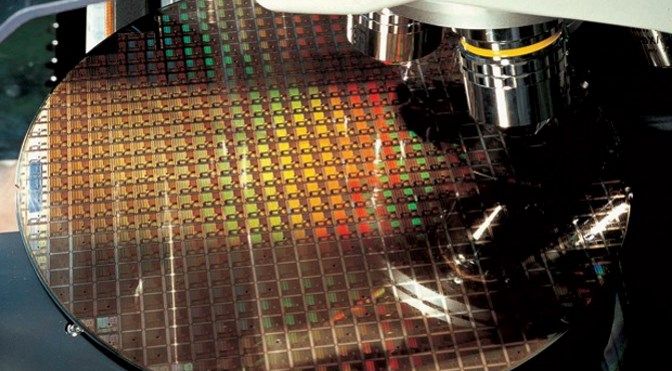

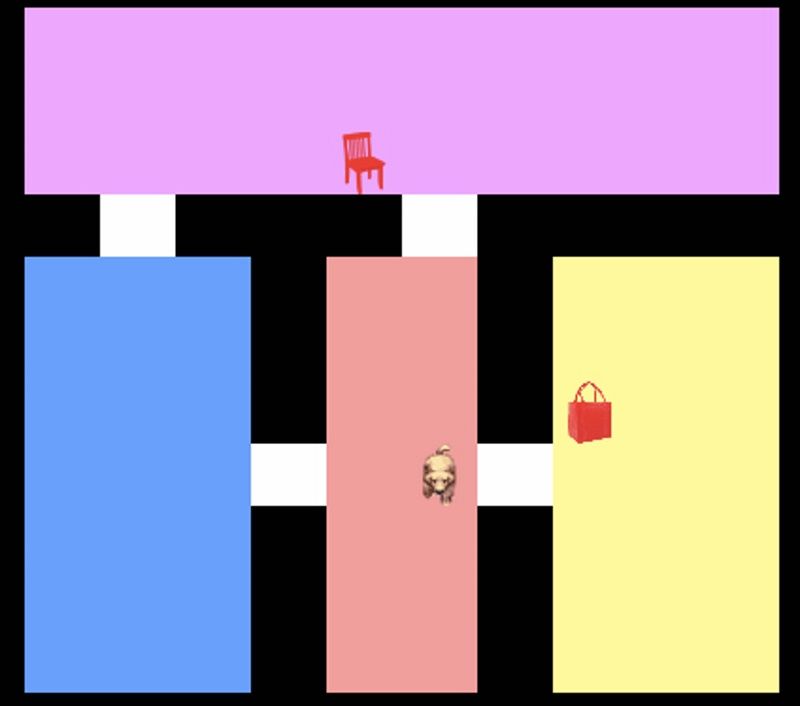
As robots become more pervasive in society, humans will want them to do chores like cleaning the house or cooking, researchers said.
However, to get a robot started on a task, people who are not computer programmers will have to give it instructions, they said.
“We want everyone to be able to programme, but that is probably not going to happen,” said Matthew Taylor from Washington State University (WSU).
By 2050, the world will need to feed an additional 2.5 billion people living in cities. Yet as the demand for food rises, the amount of land available for agriculture in developed countries is expected to decline. In Japan, at the Fujitsu factory of Aizu-Wakamatsu which still manufactures semiconductor chips for computers, a different project is underway which may offer a solution to this problem. The company has converted an unused part of the factory into a farm to grow food — and more specifically, to grow lettuce. Fujitsu has focused on growing a low-potassium variety, which is sold to people with kidney problems who cannot process the mineral properly. Join Rachel Mealey in Japan’s Fukushima Prefecture to visit the sun-free and soil-free urban farms of the future.
Biography:
Stuart Russell received his B.A. with first-class honours in physics from Oxford University in 1982 and his Ph.D. in computer science from Stanford in 1986. He then joined the faculty of the University of California at Berkeley, where he is Professor (and formerly Chair) of Electrical Engineering and Computer Sciences and holder of the Smith-Zadeh Chair in Engineering. He is also an Adjunct Professor of Neurological Surgery at UC San Francisco and Vice-Chair of the World Economic Forum’s Council on AI and Robotics. He has published over 150 papers on a wide range of topics in artificial intelligence including machine learning, probabilistic reasoning, knowledge representation, planning, real-time decision making, multitarget tracking, computer vision, computational physiology, and global seismic monitoring. His books include “The Use of Knowledge in Analogy and Induction”, “Do the Right Thing: Studies in Limited Rationality” (with Eric Wefald), and “Artificial Intelligence: A Modern Approach” (with Peter Norvig).
Abstract:
Autonomous weapons systems select and engage targets without human intervention; they become lethal when those targets include humans. LAWS might include, for example, armed quadcopters that can search for and eliminate enemy combatants in a city, but do not include cruise missiles or remotely piloted drones for which humans make all targeting decisions. The artificial intelligence (AI) and robotics communities face an important ethical decision: whether to support or oppose the development of lethal autonomous weapons systems (LAWS).
The UN has held three major meetings in Geneva under the auspices of the Convention on Certain Conventional Weapons, or CCW, to discuss the possibility of a treaty banning autonomous weapons. There is at present broad agreement on the need for “meaningful human control” over selection of targets and decisions to apply deadly force. Much work remains to be done on refining the necessary definitions and identifying exactly what should or should not be included in any proposed treaty.
Wednesday, April 6, 2016 from 12:00 PM to 1:00 PM (PDT)
Sutardja Dai Hall — Banatao Auditorium.
University of California, Berkeley.
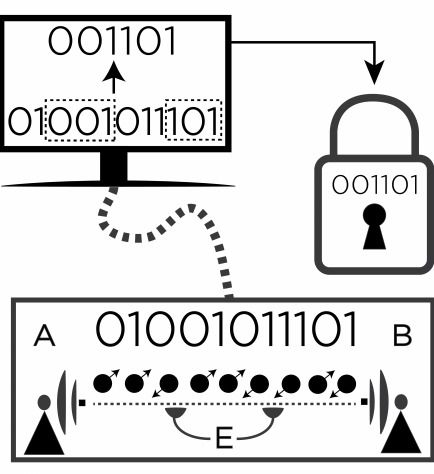
Awesome.
What once took months by some of the world’s leading scientists can now be done in seconds by undergraduate students thanks to software developed at the University of Waterloo’s Institute for Quantum Computing, paving the way for fast, secure quantum communication.
Researchers at the Institute for Quantum Computing (IQC) at the University of Waterloo developed the first available software to evaluate the security of any protocol for Quantum Key Distribution (QKD).
QKD allows two parties, Alice and Bob, to establish a shared secret key by exchanging photons. Photons behave according to the laws of quantum mechanics, and the laws state that you cannot measure a quantum object without disturbing it. So if an eavesdropper, Eve, intercepts and measures the photons, she will cause a disturbance that is detectable by Alice and Bob. On the other hand, if there is no disturbance, Alice and Bob can guarantee the security of their shared key.

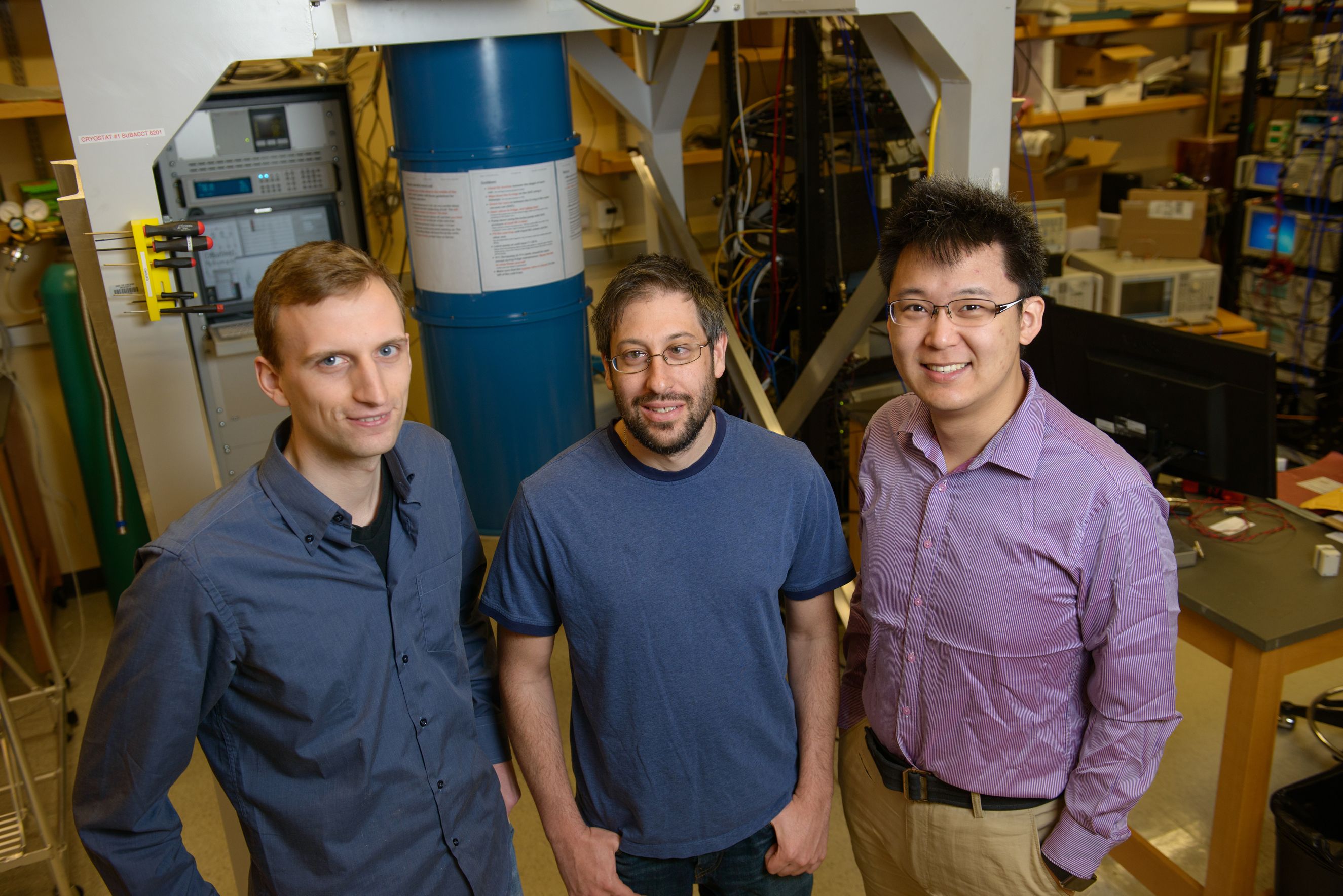
Finally, some well deserved recogonition to Argonne Natl. Labs in their efforts on QC with the Univ. Of Chicago.
If biochemists had access to a quantum computer, they could perfectly simulate the properties of new molecules to develop novel drugs in ways that would take the fastest existing computers decades.
Electrons represent an ideal quantum bit, with a “spin” that when pointing up can represent a 0 and down can represent a 1. Such bits are small—even smaller than an atom—and because they do not interact strongly, they can remain quantum for long periods. However, exploiting electrons as qubits also poses a challenge because they must be trapped and manipulated. Which is exactly what David Schuster, assistant professor of physics, and his collaborators at UChicago, Argonne National Laboratory and Yale University have done.
“A key aspect of this experiment is that we have integrated trapped electrons with more well-developed superconducting quantum circuits,” said graduate student Ge Yang, lead author of the Physical Review X paper that reported the group’s findings. The team captured the electrons by coaxing them to float above the surface of liquid helium at extremely low temperatures.
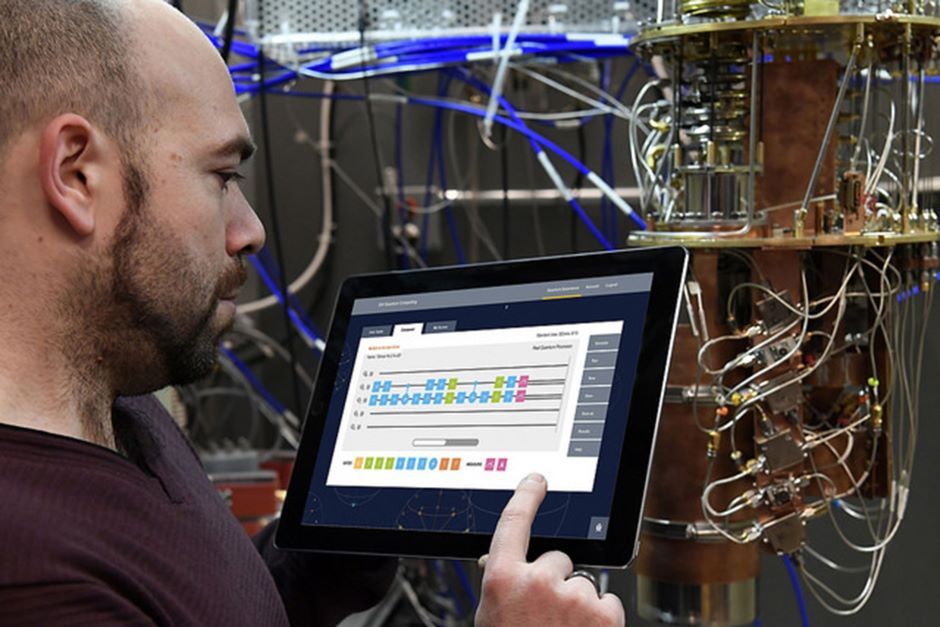
Moore’s Law was already identified as a problem regardless of Quantum. And, the move to Quantum happened regardless of Moores Law and the excitment around QC was not the result of Moores Law limitations. Just like all things, we evolve to better level of maturity.
The chip industry is giving another sign that Moore’s Law is coming to an end, but IBM is offering a glimpse at what might be computing’s future.
Industry experts from around the world who have been working together for years for forecast technology advances in the tech industry are throwing in the towel.
The next version of the International Technology Roadmap for Semiconductors, which is produced jointly by the semiconductor industry associations of the United States, Europe, Japan, South Korea and Taiwan, will be the last, the New York Times reported.
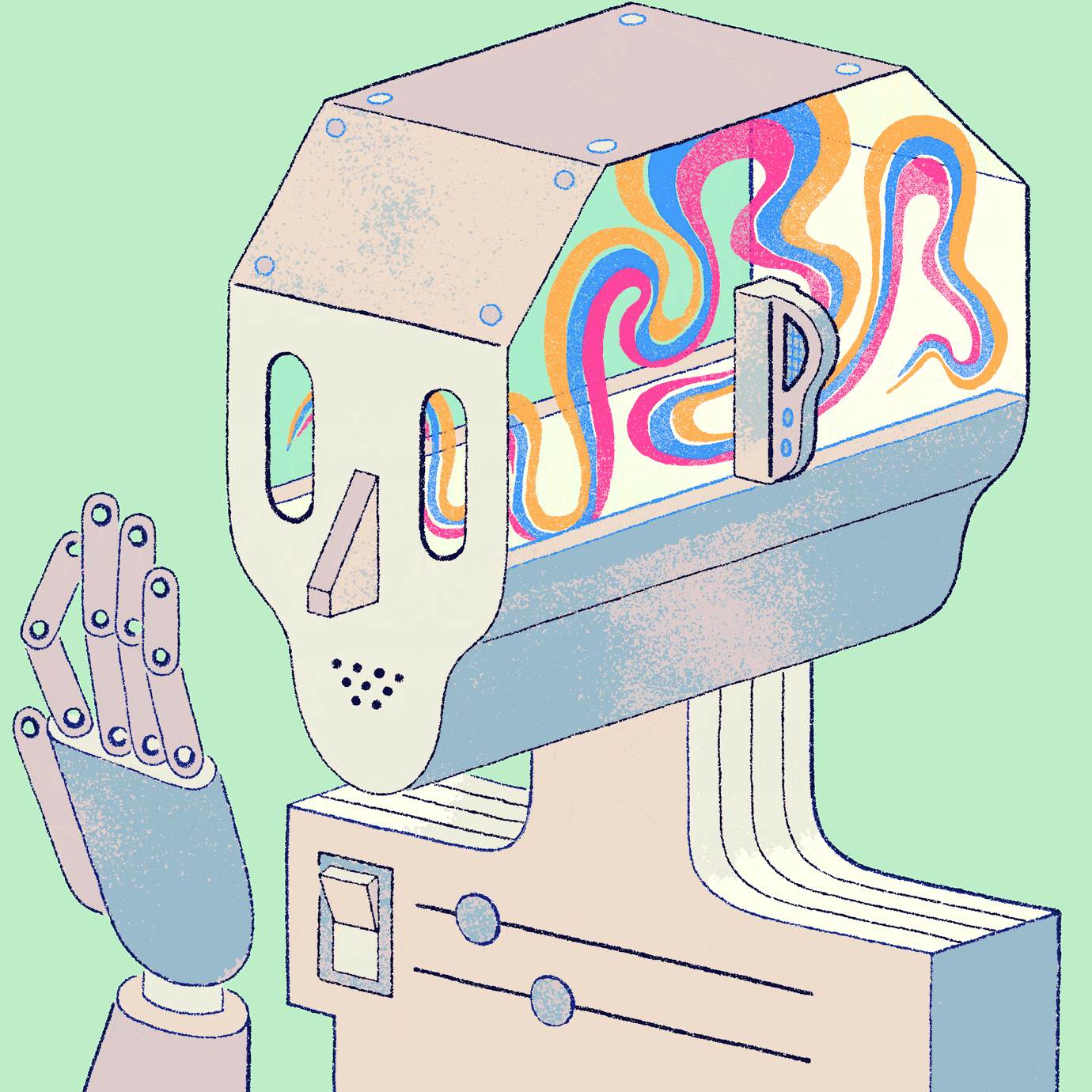
Princeton’s answer to Quantum friction.
Abstract: Theoretical chemists at Princeton University have pioneered a strategy for modeling quantum friction, or how a particle’s environment drags on it, a vexing problem in quantum mechanics since the birth of the field. The study was published in the Journal of Physical Chemistry Letters.
“It was truly a most challenging research project in terms of technical details and the need to draw upon new ideas,” said Denys Bondar, a research scholar in the Rabitz lab and corresponding author on the work.
Quantum friction may operate at the smallest scale, but its consequences can be observed in everyday life. For example, when fluorescent molecules are excited by light, it’s because of quantum friction that the atoms are returned to rest, releasing photons that we see as fluorescence. Realistically modeling this phenomenon has stumped scientists for almost a century and recently has gained even more attention due to its relevance to quantum computing.